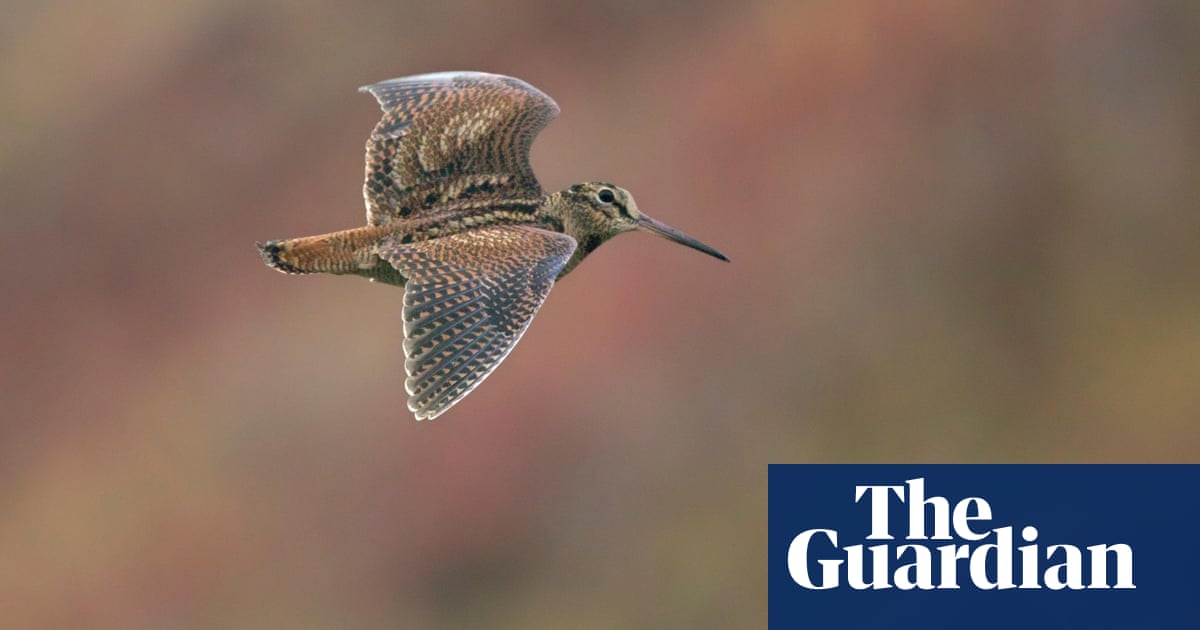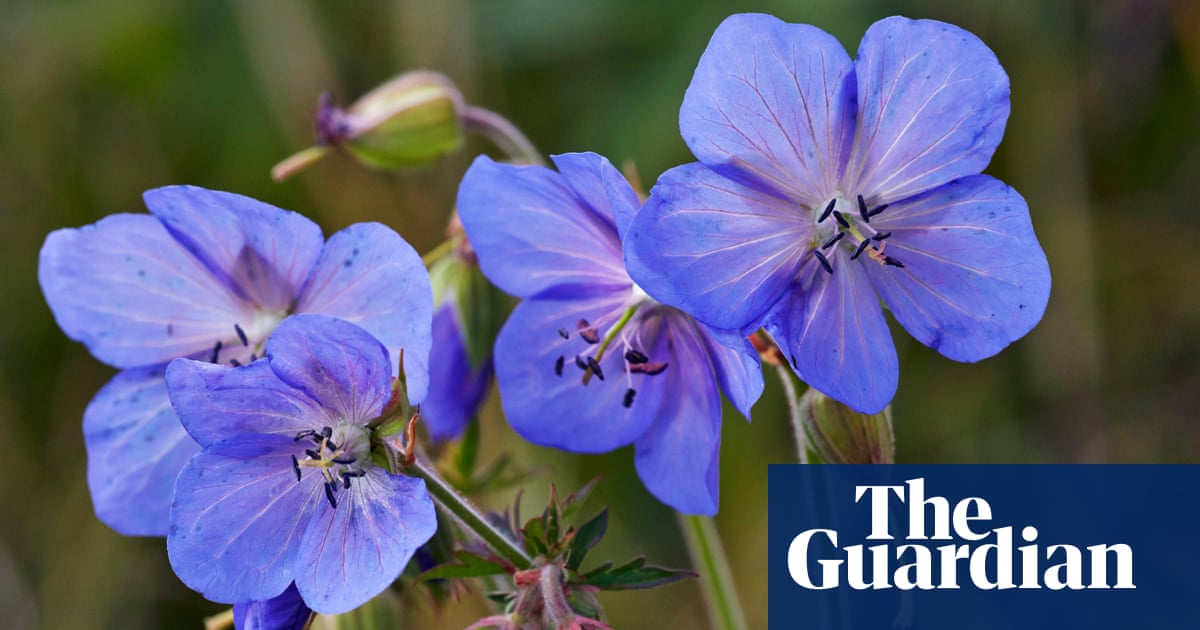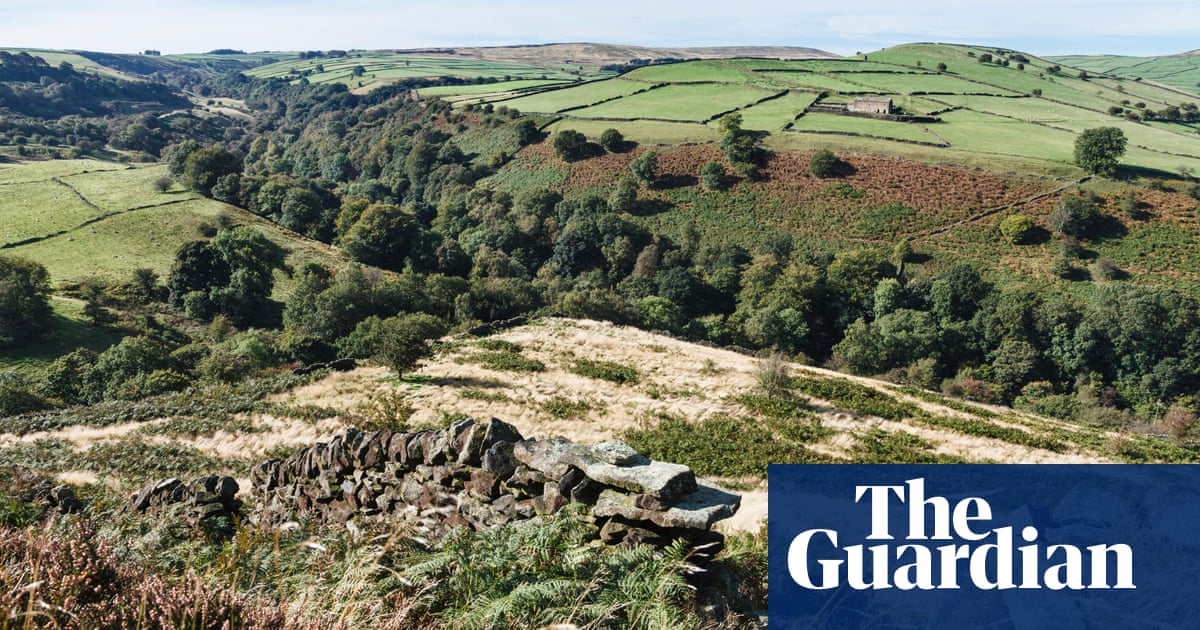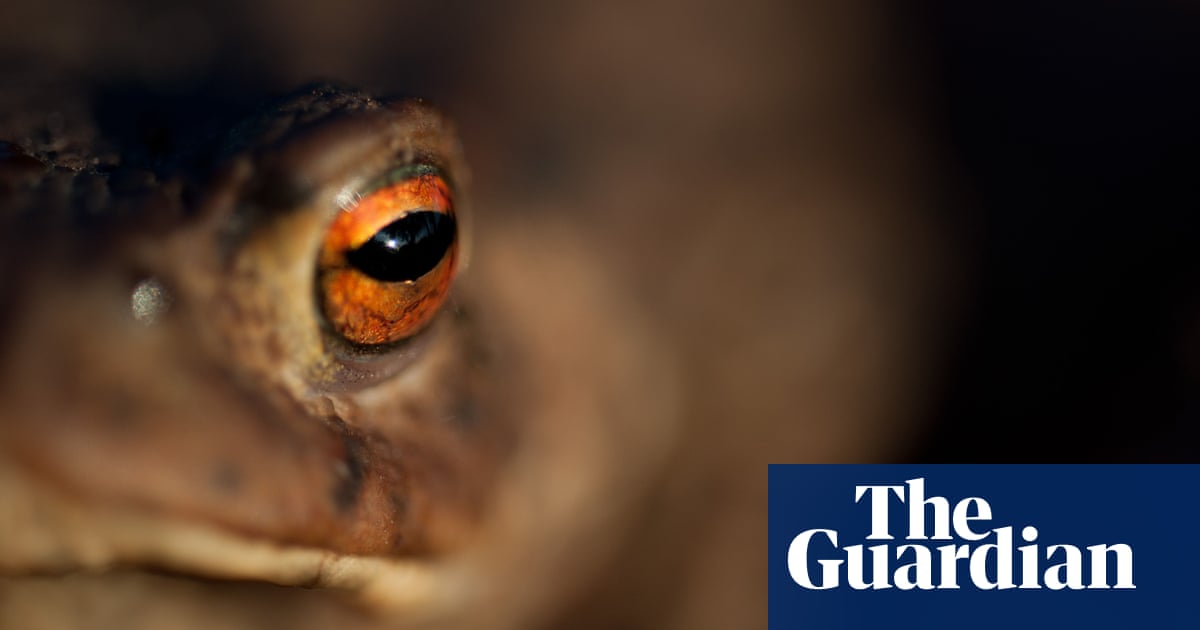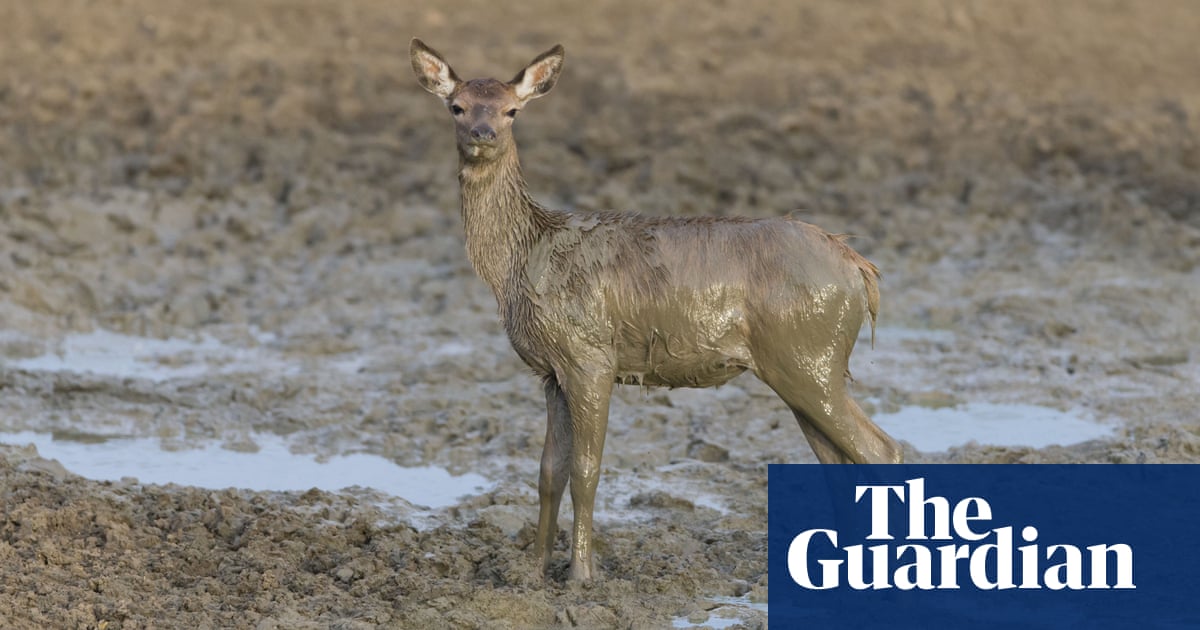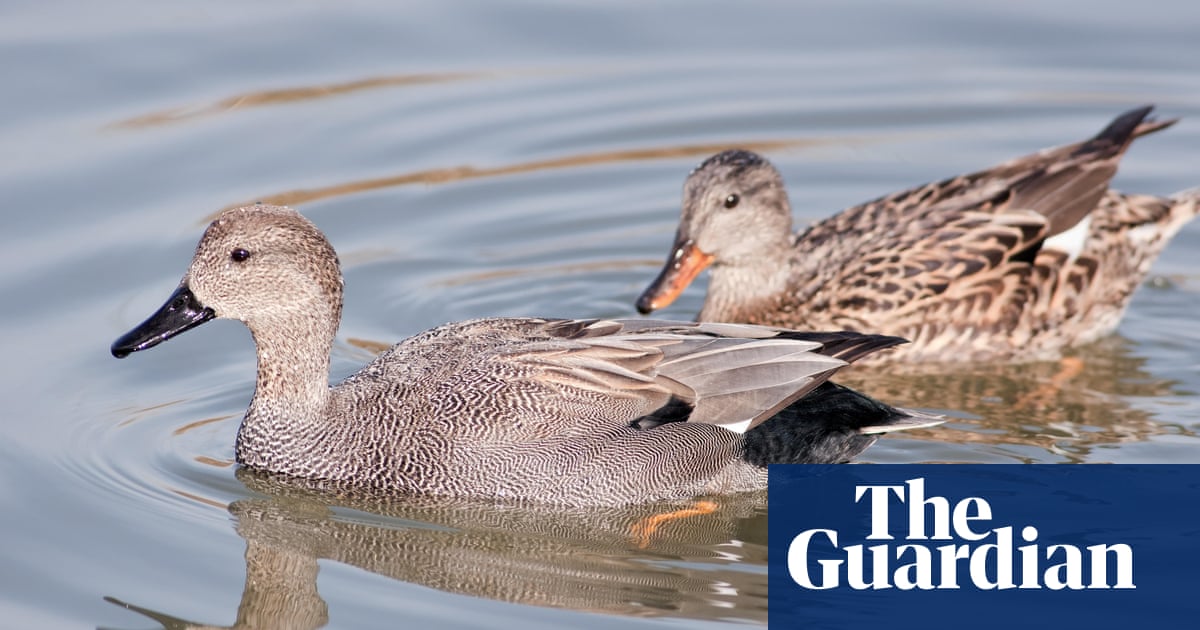
It’s 20 years this month since the RSPB took over the management of Old Moor, a 220-acre wetland reserve in the stilled heart of South Yorkshire’s coalfields. There’s an exhibition at the visitor centre telling its story by way of celebration. It’s the start of the Easter holidays and small flocks of children are zooming through blossoming scrub in the warm spring sunshine. The hides are quieter and after a long bike ride from Sheffield, I settle down for a rest with a view across the mere, the largest of several bodies of water on the site.
Old Moor was created when the mines closed in the late 1980s. At my back is the village of Manvers, where the pits and coking plant became the largest derelict site in western Europe. The ground was so toxic from a century of heavy industry that hundreds of thousands of tonnes of clean soil were taken from Old Moor to cover the site. It is now a business park.
The wetlands this created became a nature reserve, although the RSPB turned down an earlier offer to manage it. The charity was then focused on preserving what was left of nature, not creating new spaces. Now it hosts charismatic species like bitterns, marsh harriers and avocets.
Today, a less celebrated bird catches my eye. On the margins of the glittering lake a score of gadwalls are dabbling together for food. Paired off to breed, they’re like couples strolling in the park on Sunday, bobbing to each other courteously. Gadwalls are a little smaller than mallards and somehow neater; in colour, from a distance at least, a sturdy but dull grey for the male and mud brown for the female. Close up, it’s another story. The male’s chest breaks down into gorgeous, intricate, wave-like patterns whose grey brightens with an admixture of black and white.
As I prepare to leave, two young women arrive, all smiles, one of them pushing a buggy. They settle down for a natter while scanning the lake’s inhabitants through binoculars. Old Moor was designed for families; it seems to have worked.




